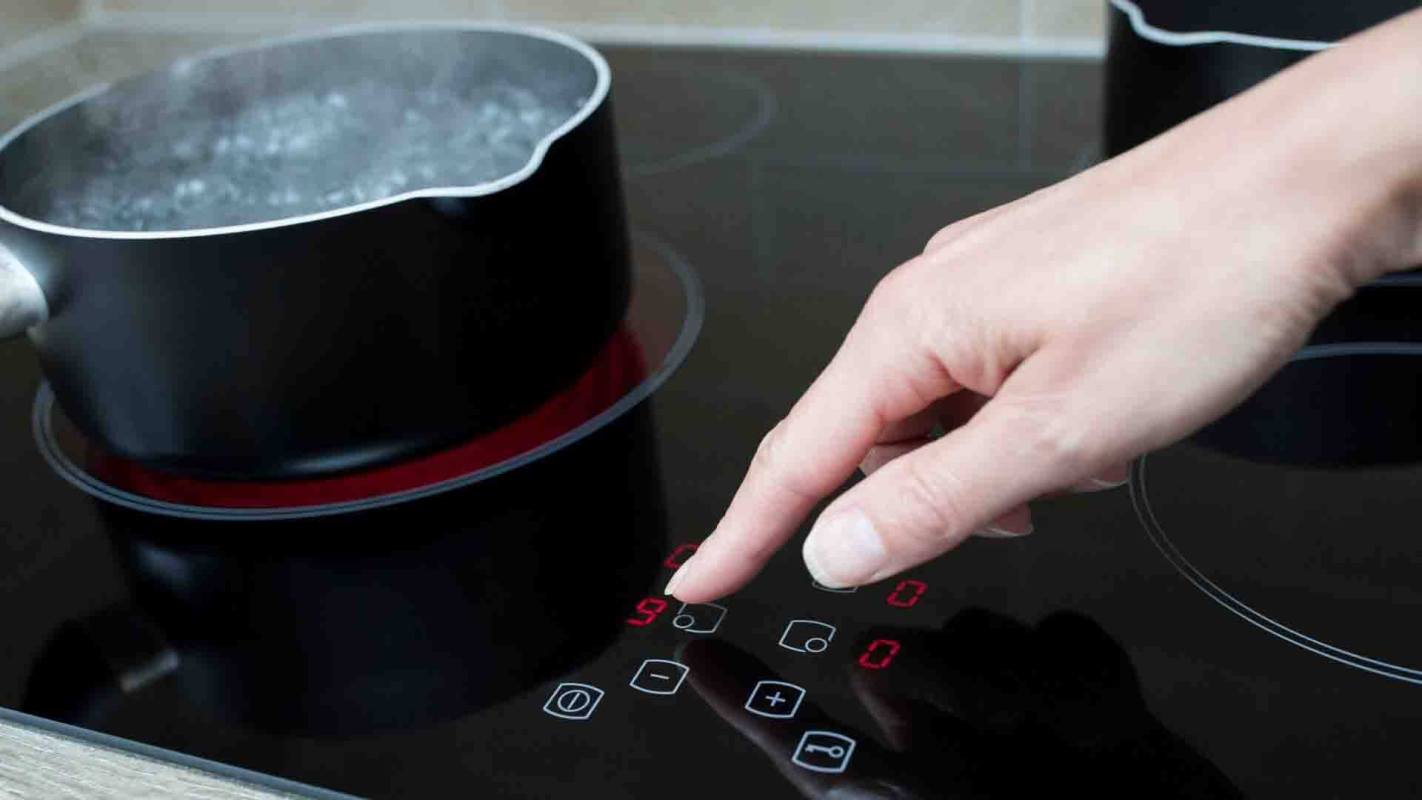When it comes to stoves, we all know the age-old question — gas or electric? Each has pros and cons, but when it comes to cost saving and human health, electric has the advantage.
What's the difference?
A gas range is a type of stove that uses methane gas, also called natural gas, as a fuel source to heat up your burners and oven.
The cooktop operates with an open flame and has knobs allowing you to change the temperature.
Meanwhile, an electric stove uses electricity from your home to heat the burners and oven. There's no open flame, although you still use knobs on the stove to adjust the heat.
Why going electric makes sense
There are pros and cons to both electric and gas ranges.
A gas range can be used during power outages, a feature that can come in handy during extreme weather events.
However, gas stoves may not be available in all areas, as they require a gas line connection, which can be costly to install. They also leak toxic gas fumes into the home that can cause asthma, particularly in young children, and are notably difficult to clean.
Electric stoves are a dream for cleaning since they generally have a smooth cooktop. And since there's no open flame, they're safer to cook with. However, the stovetop can stay hot for an extended period after cooking.
According to HomeAdvisor, electric stoves are generally less expensive to install than their gas counterparts, running between $360-$1,800 as opposed to $400-$2,100.
Still, electric stoves are not able to operate in power outages (unless you can plug them into your electric vehicle, that is) and may not perform as well as gas ranges if you're using high-heat cooking techniques.
TCD Picks » Upway Spotlight

Enter: Induction stoves
Induction stoves are the crème de la crème of electricity-powered ovens.
Like an old-school electric range, they run on electrical power from your home, not methane gas, which means they do not release disease-causing chemicals into your home.
But unlike electric ranges, induction stoves use copper plates beneath a ceramic cooktop to create a magnetic current that flows to the cookware placed on the stove.
This current quickly generates heat rapidly — induction stoves can boil water in less than half the time it takes a gas range to do so. And because the heat is generated through magnetism, the cooktop is cool enough to touch the moment a pot or pan is removed from the burner.
The only downside to induction is the price tag, costing upwards of $1,000. But thanks to new tax credits, they're now more affordable than ever. Single induction burners are also far more affordable, with options from around $200.
The bottom line
Electric stoves are generally considered more environmentally friendly than gas stoves, although the source of energy that powers a home is a big factor in the sustainability of electric stoves.
If your power grid operates on cheaper, cleaner renewable energy, such as solar or wind, electric stoves are a great option for your wallet and the environment.
In some areas, you can choose to purchase electricity from renewable energy sources. Participating in these programs can directly affect the amount you pay for energy, oftentimes slashing your monthly payments without even needing to install any solar panels at home.
You can check with your local utility company or independent supplier to find out if they offer a green energy program.
Want more? Follow The Cool Down on Instagram and join our Weekly Newsletter for cool stories and easy tips that save you money, time, and our planet.













